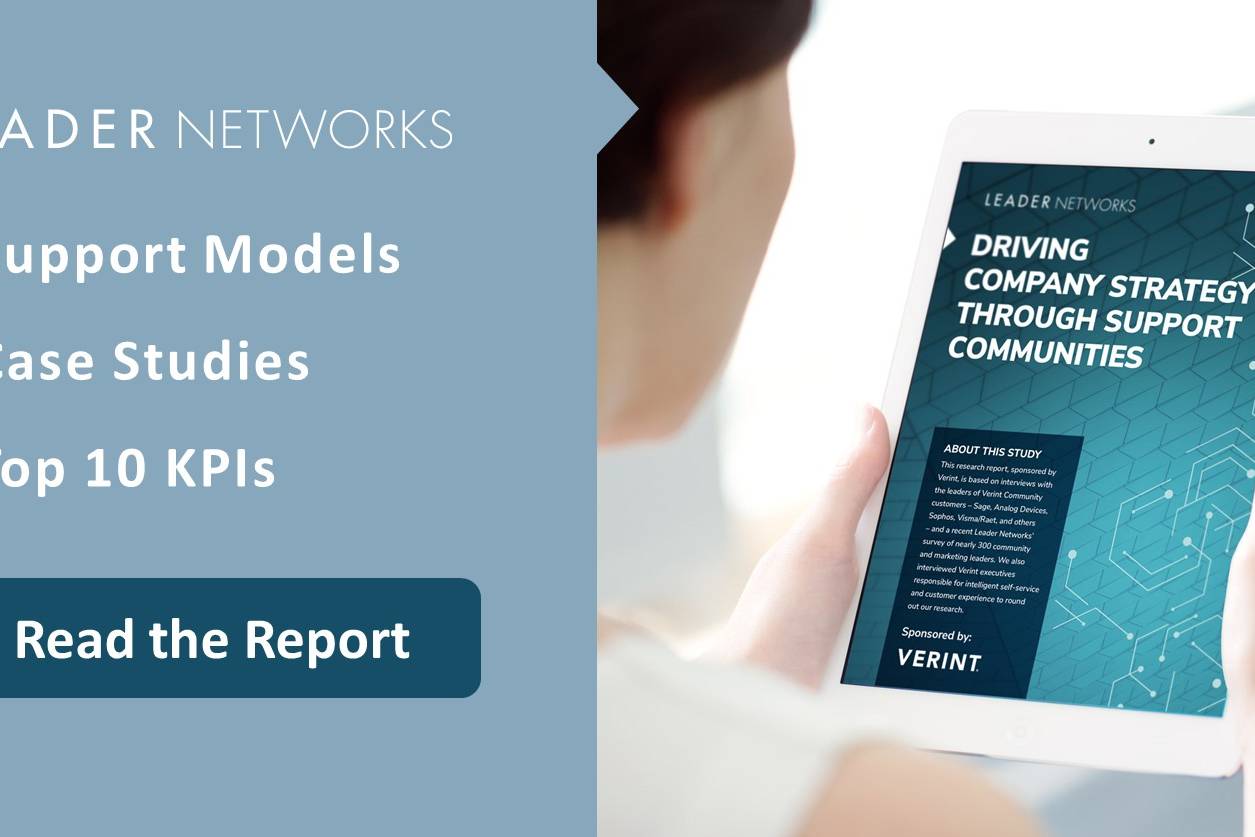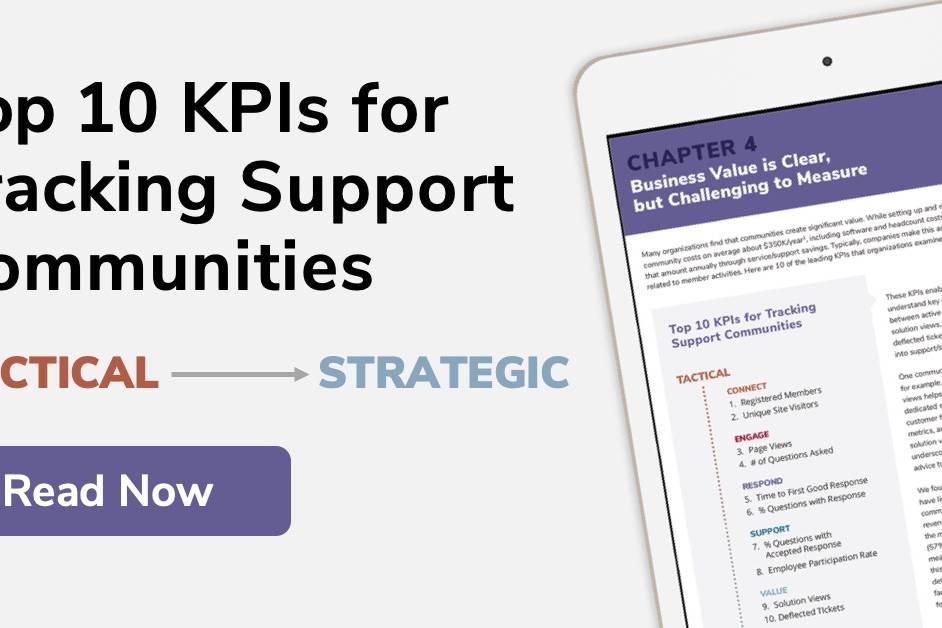Your organization has decided to develop an online community to serve your customers. Congratulations! This is an important step towards building a social business. As the team gathers in the conference room with whiteboards, markers and lots of coffee, you start by talking about other online community examples the organization might want to emulate, or those that have caught your fancy. Features, content, look and feel are usually a major part of this discussion.
But chances are you haven’t considered a fundamental but critical question: will the online community be public, gated or a hybrid (largely public with a private, members-only area)? This is one of the most important decisions you will have to make, one that shapes virtually every aspect of how your community will operate and, in most cases, determine its success.
The decision to make the community public, private or hybrid depends in large part on the characteristics of the audience you are trying to serve. At Leader Networks, we call this “The Engagement Model.” It states that “The who and why of your community will dictate the what and the how.” For example, if your organization seeks to reach a wide audience, such as a technical support community — chances are a public community is the right format. If your audience is small and focused, such as prospective customers of an airplane manufacturing company, a private, gated community is probably a better fit. Serving multiple audience types or needs may require a hybrid format. So what are the benefits, drawbacks, revenue models and other distinguishing factors for each type?
Public Online Communities
Public communities are open to anyone on the web who would like to join the community. While the community may — and probably should — require password-protected member registration to join or post a message, anyone with an email address and a web browser can have access. Organizations trying to engage a large audience of consumers or customers (B2C or B2B) with content and conversation online will usually choose a public community.
Audience
- Anyone who is interested in the community, company or topics addressed
Growth
- Ultimate size is determined by the potential audience universe
- Usually (much) larger than private online communities
- Need to scale quickly due to (typically) lower participation rates – more readers than posters
Focus
- Goals are to educate and inform members about a product, service or issue
- Activities includes content creation & distribution, discussions and member sharing
- Topics include marketing info, education, product/service support
Common Features
- Forums, blogs with comments, simple reviews (“like”), downloadable content, polls, webinars and multimedia
Revenue Models
- Advertising, content sponsorships, lead generation, a la carte paid offerings such as webinars or reports, overall cost reductions for support communities, self-service sales
Benefits
- Broad reach, enables company to show market penetration, marketing, product or service evangelism
Sample Measures
- Member acquisition growth over time, views or likes, content contributions, SEO page rank, PR value
- With tech support communities, reduction in support costs (community vs. call center) is a primary measure.
Private Online Communities
Private online communities are gated, often invitation-only communities serving a highly targeted audience. Many B2B professional organizations have private communities. There are membership standards, which can include subscription fees, in-depth profiles, vetting or current member recommendations prior to member acceptance. A gated community can create greater sense of trust and intimacy among members with more information about individual members and shared acceptance criteria. This can lead to more open and substantive engagement and collaboration between members and the sponsoring organization. Content and member contributions are considered privileged and not shared outside the community.
Audience
- Highly selective audience based on a clear criteria, including verification of credentials such as title, practice area, certifications and other attributes.
Growth
- Absolute size of private communities is less important than achieving high levels of member satisfaction in conjunction with business objectives
- Audience selection criteria are crucial to member acquisition, participation and collaboration
- Achieving a critical mass of members is necessary to grow collaboration. Can be successful with hundreds to thousands of members.
Focus
- Goals are to share knowledge and expertise on mission- and career-critical issues; collaboration for professional advantage
- Activities include co-creation, idea-sharing, high-level consultation, expertise development, collaboration and thought leadership.
- High level of service and benefits to members
Common Features
- Member directory, member-generated content, research and in-depth polling, forums, thought leadership and expertise presentation
Revenue Model
- Member subscriptions (may include additional benefits such as special access to content and experts), sponsorships, commissioned research, discount purchasing programs, events (online and offline), thought leadership access
Benefits
- Increase customer loyalty, increase in client penetration of product and service purchases, improve R&D and speed to market, gain high-level expertise from members, market foresight.
Risks
- Private community members expect high levels of member service, poor execution risks alienating powerful customers and prospects
- Audience selection criteria limits ultimate size, high quality content required, active community management.
Sample Measures
- Membership revenue & renewals, NPS scores, customer retention, customer purchase increases, new audience targets acquired, PR, actionable expertise and ideas created within community
Hybrid Online Communities
Hybrid online communities have both a public and a gated or private area within the overall community infrastructure. They provide the features of both options at a single destination. Access is determined by the member’s role. For example, a hybrid community might have an open, public area for consumer visitors with private, gated areas for suppliers or executives.
Hybrid communities often evolve after an organization is successful with one of the two models (public or private) but then discovers a business need to serve a different audience or segment using the other engagement model. At Leader Networks, we discourage trying to launch both at once; the complexities of initial messaging to prospective members and operational difficulties make this choice very risky. Instead, determine the best model for launch, then evolve the community. Leverage the learning from the first successes to improve the next phase.
Audience
- Bifurcated, with both a public (anyone) and a private (selective and targeted) membership
Growth
- Aim for rapid growth of the public community. If the private side will be a subset of the public audience, base private audience growth estimates on public audience acquisition rates — but be prepared for significant variations.
Focus
- The biggest challenge will be managing differing messaging and member engagement needs within a single community. Goals and activity expectations must be extremely clear and distinct for each side of a hybrid.
Common Features
- A hybrid requires especially strong member management tools to maintain separation within the platform plus a robust, experience operations group to keep similar functions separate for each audience.
Revenue Model
- Complex and multifaceted based on the business goals and organizational values. Which community type is the primary business driver?
Benefits
- If able to capture the value of both community types, synergies might include reaping the rewards of a private member-driven thought leadership community plus using very selective distribution of the private content to attract a larger audience to the public space.
Risks
- Loss of focus, confusing brand identity, channel and message conflicts in audience acquisition, complex technical and operational structures
Sample Measures
- Each aspect of the community (public or private) should be measured independently with different, contextual metrics based on the single models.
Warning: Attempt to read property "base" on array in /home3/trusten9/public_html/leadernetworks/wp-content/plugins/wp-user-profile-avatar/shortcodes/wp-user-profile-avatar-shortcodes.php on line 665
Warning: Attempt to read property "base" on array in /home3/trusten9/public_html/leadernetworks/wp-content/plugins/wp-user-profile-avatar/shortcodes/wp-user-profile-avatar-shortcodes.php on line 665
Warning: Attempt to read property "base" on array in /home3/trusten9/public_html/leadernetworks/wp-content/plugins/wp-user-profile-avatar/shortcodes/wp-user-profile-avatar-shortcodes.php on line 665
Warning: Attempt to read property "base" on array in /home3/trusten9/public_html/leadernetworks/wp-content/plugins/wp-user-profile-avatar/shortcodes/wp-user-profile-avatar-shortcodes.php on line 665
3 Comments
Add comment Cancel reply
This site uses Akismet to reduce spam. Learn how your comment data is processed.



[…] work was originally published on Vanessa's blog, Leader Networks, and is reposted here with her […]
[…] Online Community Decision: Public, Private or Hybrid? [Page 48] Leader Networks | Date: unknown The Economics of Networks [Paeg 49] Beckstrom’s Law | July 29, 2009 […]
Very descriptive blog, I enjoyed that bit. Will there be a part 2?